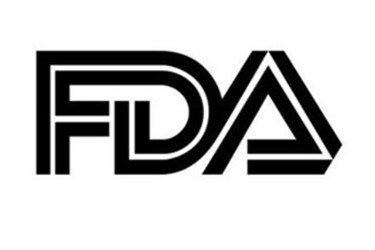FDA And NIH Release Draft Clinical Trial Protocol Template

By Ed Miseta, Chief Editor, Clinical Leader

The FDA and NIH are requesting public comment on a draft clinical trial protocol template that has been released for Phase 2 and Phase 3 IND (investigational new drug)/ (investigational device exemption) studies. The template contains instructional and sample text for NIH funded investigators to use when writing protocols.
The goal of the agencies in releasing the template is to make it easier for investigators to prepare protocols that are organized and contain all of the information necessary for the trial to be properly reviewed. The draft template also follows the International Conference on Harmonization (ICH) of Technical Requirements for Pharmaceuticals for Human Use E6 Good Clinical Practice: Consolidated Guidance. Public comments can be submitted via a form that can be found on the NIH Office of Clinical Research and Bioethics Policy website, which can be found here. Feedback, which is being accepted through April 17th, is particularly encouraged from investigators, sponsors, IRB (institutional review board) members, and other stakeholders involved in protocol development and review. FDA and NIH will consider those public comments before taking additional steps.
Peter Marks, director of FDA’s Center for Biologics Evaluation and Research, believes enhancing industry efforts around clinical trials continues to be a key scientific priority. “Another way we can encourage clinical trials is to look for ways to help clinical investigators make clinical trials more efficient, potentially saving development time and money,” he says, echoing the sentiments of many in the industry. “The draft clinical trial protocol template should help with that.”
According to Marks, the clinical trial protocol is a critical component of any product development program. ICH guidance defines the protocol as describing the objectives, design, methodology, statistical considerations, and organization of a trial. It also gives the background and rationale for the trial. Marks notes that although guidance provides information on the important content that should be included in a protocol to help insure human subject protection and data quality. However, it does not describe a standardized format for presenting the information. As a result, the time spent identifying specific elements that should be included in the protocol, and how to best organize them, can delay the launch of trials and the time to get medicines to patients.
While that can be a problem for any investigator, the situation can be even more difficult for investigators taking part on their first clinical trial. Marks notes 85 percent of investigators have only participated in one clinical trial in their careers. In those instances, the investigator will lack significant experience in protocol development. Those are the individuals who would most benefit from additional guidance in this area.

Understanding & Implementing The New NIH & FDA Draft Clinical Trial Protocol Template
September 20, 2016 | 1:00-2:30PM EDT
This course will discuss the template and review the various sections to provide course attendees with an understanding of the required format as well as how to prepare for implementation.
“NIH and FDA realized this represents an opportunity to help improve the design of clinical trials,” states Marks. “Representatives from the NIH institutes and FDA’s medical product centers collaborated to develop a template containing instructional and sample text for investigators. Our agencies hope that the availability of the template and instructional information enables investigators to prepare protocols that are consistent and well organized, contain all the information necessary for the clinical trials to be properly reviewed, and follow the ICH E6 Good Clinical Practice guidance. Better organized, high-quality protocols will also expedite the review process at both agencies.”
The NIH/FDA template is not the only effort underway to simplify the task of producing trial protocols. TransCelerate Biopharma has also issued a common protocol template that is intended to be the basis for a forthcoming electronic protocol. Marks notes the initial target audience for both efforts is different, but the NIH and FDA does plan to collaborate with TransCelerate and other groups to help ensure consistency for the medical product community.
Marks also stresses the effort should be seen as a way to facilitate creativity and innovation, not inhibit it. Although investigators are encouraged to be creative, it is still important for their plans to be understood by others. The draft template includes the appropriate elements that should be considered, but does not dictate exactly how the trial should be done, leaving that determination up to the individual investigators.
“We are particularly interested in hearing your views on the utility of the template and whether the instructional and sample text is useful and clear,” adds Marks.
The draft template can be seen here.
